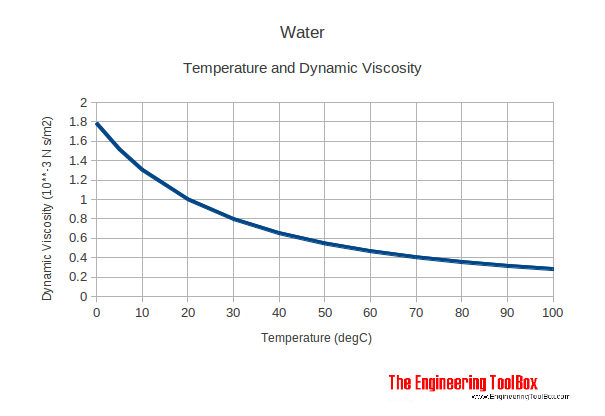
In a general parallel flow, the shear stress is proportional to the gradient of the velocity. A fluid that has zero viscosity is called ideal or inviscid. Zero viscosity (no resistance to shear stress) is observed only at very low temperatures in superfluids otherwise, the second law of thermodynamics requires all fluids to have positive viscosity.

For example, the viscosity of a Newtonian fluid does not vary significantly with the rate of deformation. However, the dependence on some of these properties is negligible in certain cases. In general, viscosity depends on a fluid's state, such as its temperature, pressure, and rate of deformation. For a tube with a constant rate of flow, the strength of the compensating force is proportional to the fluid's viscosity. This is because a force is required to overcome the friction between the layers of the fluid which are in relative motion. Experiments show that some stress (such as a pressure difference between the two ends of the tube) is needed to sustain the flow. For instance, when a viscous fluid is forced through a tube, it flows more quickly near the tube's axis than near its walls. Viscosity quantifies the internal frictional force between adjacent layers of fluid that are in relative motion. For liquids, it corresponds to the informal concept of "thickness": for example, syrup has a higher viscosity than water. The viscosity of a fluid is a measure of its resistance to deformation at a given rate.


 0 kommentar(er)
0 kommentar(er)
